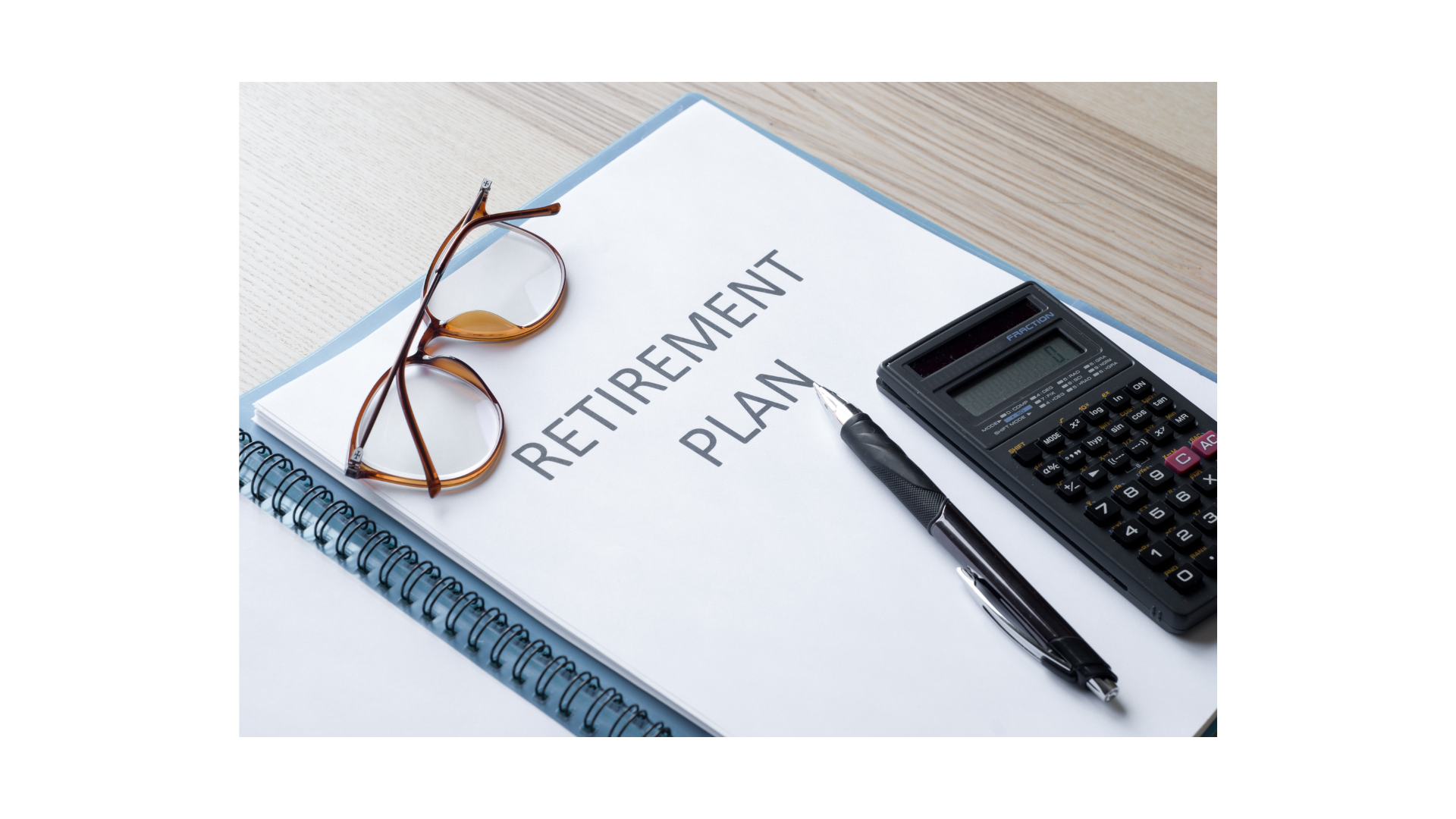Despite Pandemic, Americans Are Saving for Retirement
The global pandemic has taken a grim toll on lives and livelihoods. Many have been laid off, furloughed, or taken on more debt to tide things over. Many others have had to scale back their lifestyle or help support family or friends affected by the ravages of COVID-19.
The good news is that despite the pandemic and its economic fallout, Americans are still saving for retirement and are confident in their ability to live comfortably when they do retire. In its 31st Annual Retirement Confidence Survey,1 the Employee Benefit Research Institute (EBRI) found that, on the whole, Americans were able to stay the course in saving for retirement. In fact, overall retirement confidence actually increased, continuing an upward trend seen since 2017.
Other findings of the survey include:
- 7 out of 10 workers were confident in having enough money for a comfortable retirement.
- 8 in 10 retirees were confident they will have enough money to live comfortably throughout retirement.
- Half of workers and 7 in 10 retirees say the pandemic has not changed their confidence in achieving a secure retirement.
- More than 4 in 5 workers who are offered a workplace retirement savings plan are satisfied with the benefit.
- Two-thirds of workers feel confident they will have enough money to take care of medical expenses in retirement.
- Only 3 in 10 workers made changes to their workplace retirement plan since January 2020. Of this share, nearly 6 in 10 increased the amount they contribute.
- Over half of workers surveyed were confident that Social Security benefits would at least maintain their value in the future.
But those most negatively impacted feel the pinch
Although the overall retirement picture may be positive, those hit hardest by the economic fallout from the pandemic reported a negative impact on their retirement confidence and ability to save. About 4 in 10 workers reported that their household experienced income or job loss in the past year, and half of those reported feeling less confident they will have enough money for a comfortable retirement. What’s more, 6 in 10 workers who experienced income or job loss said the pandemic has had a negative impact on their ability to save for retirement, compared with just 1 in 8 of those who did not.
For those still recovering financially, here are some tips for getting back on track with your retirement savings.
Make your match. Your employer may match a certain percentage of your contributions, which can make a big difference over time. So be sure to contribute enough to get the full match from your employer.
Take advantage of catch-up contributions. Individuals aged 50 or older can contribute an additional $6,500 to their workplace retirement plan and $1,000 more to an individual retirement account (IRA) in 2021.
Find the money to invest. Start by looking closely at where your money goes each month. Most people don’t have much flexibility in meeting basic costs for housing, food, utilities, and health care. But they do have discretion over items such as vacations, clothing, entertainment, and eating out. With restaurants and shows opening up again, consider scaling back some of your pre-pandemic spending on entertainment expenses. And if you are among the many who are now working more from home, you may also be able to significantly cut back on commuting expenses. Taken together, a few modest changes can add up to a significant monthly retirement savings contribution.
1Source: EBRI, 2021 Retirement Confidence Survey , April 22, 2021.
This material was prepared by LPL Financial. This material is for general information only and is not intended to provide specific advice or recommendations for any individual. There is no assurance that they views or strategies discussed are suitable for all investors or will yield positive outcomes. Investing involves risks including possible loss of principal. Any economic forecasts set forth may not develop as predicted and are subject to change. All performance referenced is historical and is no guarantee of future results. All indexes are unmanaged and cannot be invested into directly.
This information is not intended to be a substitute for specific individualized tax advice. We suggest that you discuss your specific tax issues with a qualified tax advisor.


Iowa
4200 University Avenue, Suite 200
West Des Moines, IA 50266
800-677-1529
Securities offered through LPL Financial, Member FINRA/SIPC. Investment advisory services offered through Global Retirement Partners, LLC dba AssuredPartners Financial Advisors, an SEC registered investment advisor. AssuredPartners Financial Advisors and LPL Financial are separate non-affiliated entities.
GRP Advisor Alliance is an independent network of retirement plan focused advisors. GRP Advisor Alliance is not affiliated with or endorsed by LPL Financial.
The financial professionals associated with LPL Financial may discuss and/or transact business only with residents of the states in which they are properly registered or licensed. No offers may be made or accepted from any resident of any other state.









